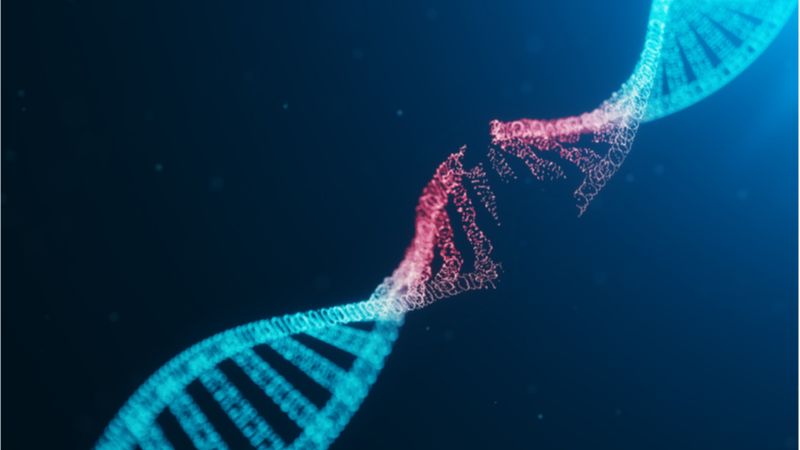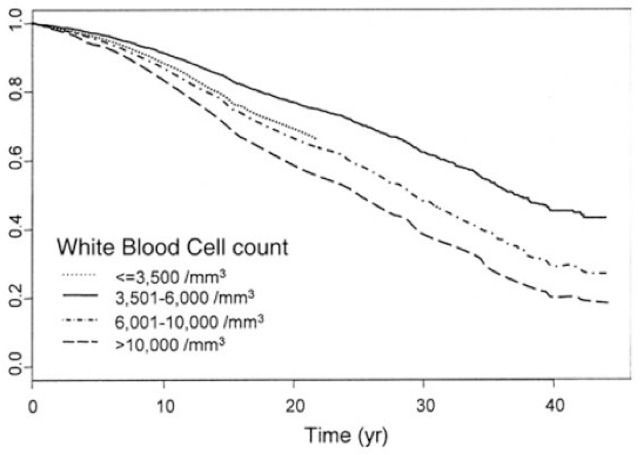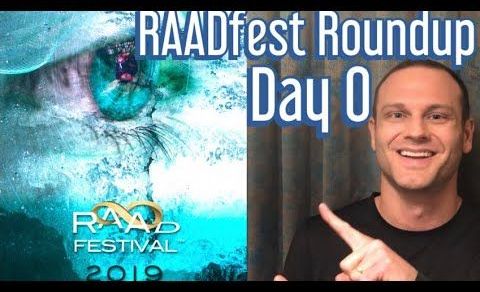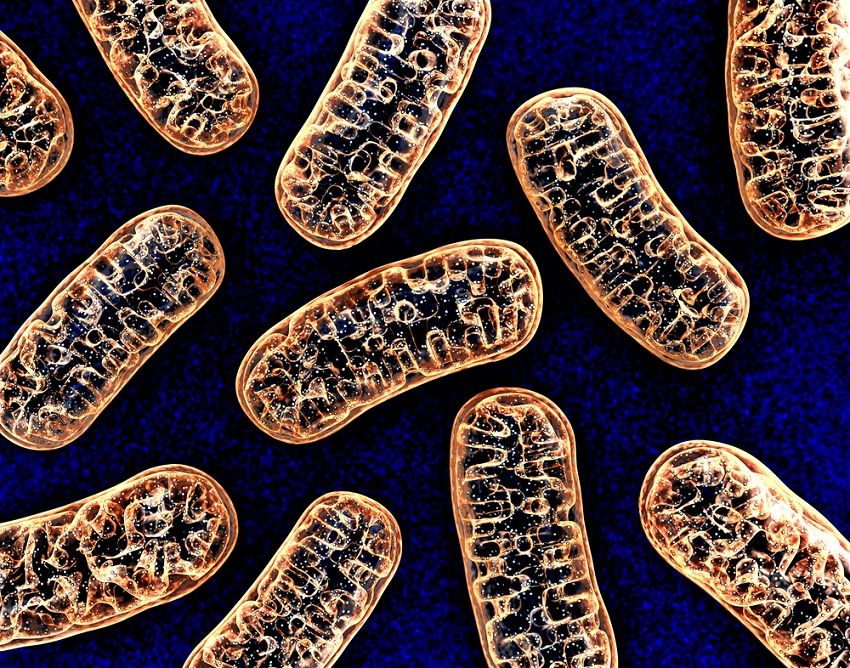Click on photo to start video.
I just arrived home in L.A. from RAADfest in Las Vegas. What a WONDERFUL event! For the 4th consecutive year I had the opportunity to sing, (this time kicking off the event), speak and moderate. But the most important part was to be among such incredible human beings. I feel so grateful to be part of a community of brilliant minds, passionate and visionary people, who work so hard to stop the suffering of the ill health, isolation, horror and death that aging brings to us. The video has short bites of the soundcheck for my song and the ending live. A professionally done video with the complete song will be available at some point and I will post it! #RAADfest2019 #RAAD2019 #RAADfest








